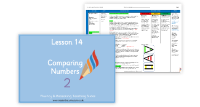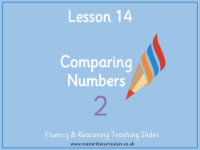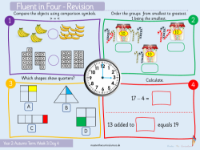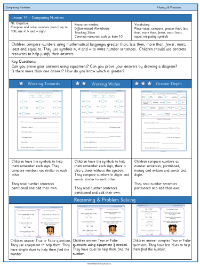Place value - Comparing numbers - Planning
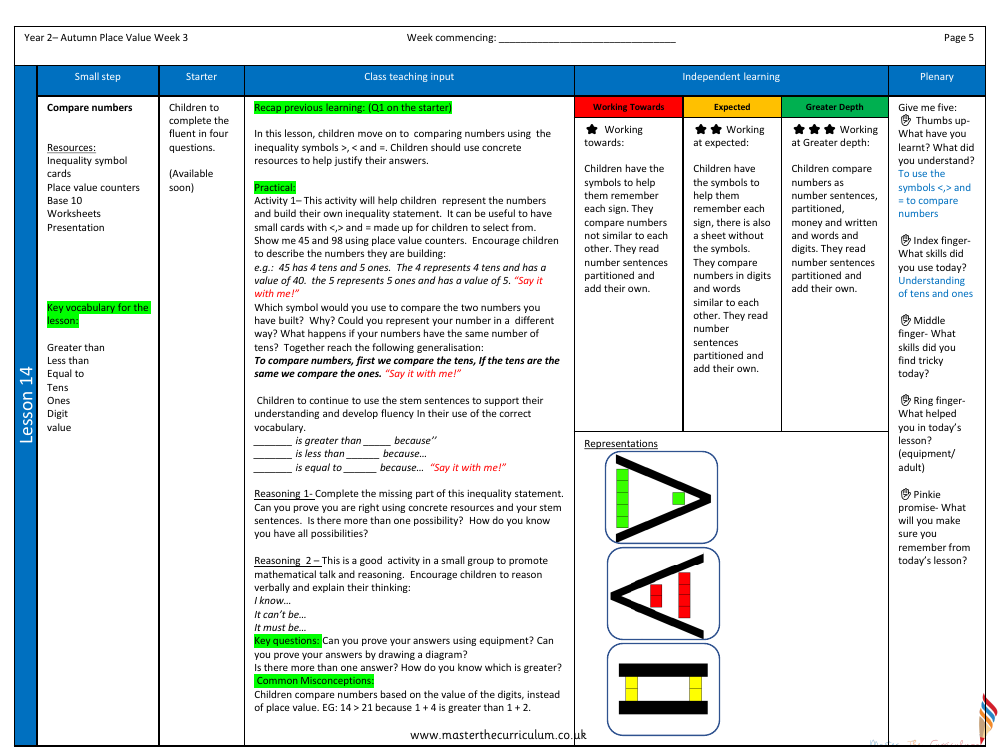
Maths Resource Description
In Year 2, lesson 7 of the Autumn Place Value series, children are introduced to the concept of comparing numbers using inequality symbols. The lesson provides a practical approach to understanding the greater than (>) and less than (<) signs, as well as the equal to (=) sign. Key vocabulary such as 'tens', 'ones', 'digit', and 'value' are emphasised to ensure children grasp the significance of place value in comparison. The lesson begins with a recap of previous learning, followed by activities that involve using concrete resources like place value counters and base 10 equipment. For example, children might be asked to compare the numbers 45 and 98, using place value counters to build the numbers and decide which inequality symbol is appropriate. They are encouraged to verbalise their thought process, using phrases like "45 has 4 tens and 5 ones" to articulate their understanding of each number's composition.
The lesson continues with independent learning activities where children use 'stem sentences' to support their reasoning, such as "_______ is greater than _____ because…". This helps them develop fluency in using mathematical language correctly. Reasoning tasks challenge students to complete inequality statements and prove their answers with concrete resources, promoting discussion and deeper understanding. The lesson aims to correct common misconceptions, such as comparing numbers based on the sum of their digits rather than their place value. The plenary includes a 'Give me five' reflection activity, where children reflect on what they've learned and the skills they've used or found challenging. Differentiated learning outcomes are provided for children working towards expected standards, at expected standards, and at greater depth, ensuring that all children can progress and demonstrate their understanding in various contexts, from number sentences to money and written words.
